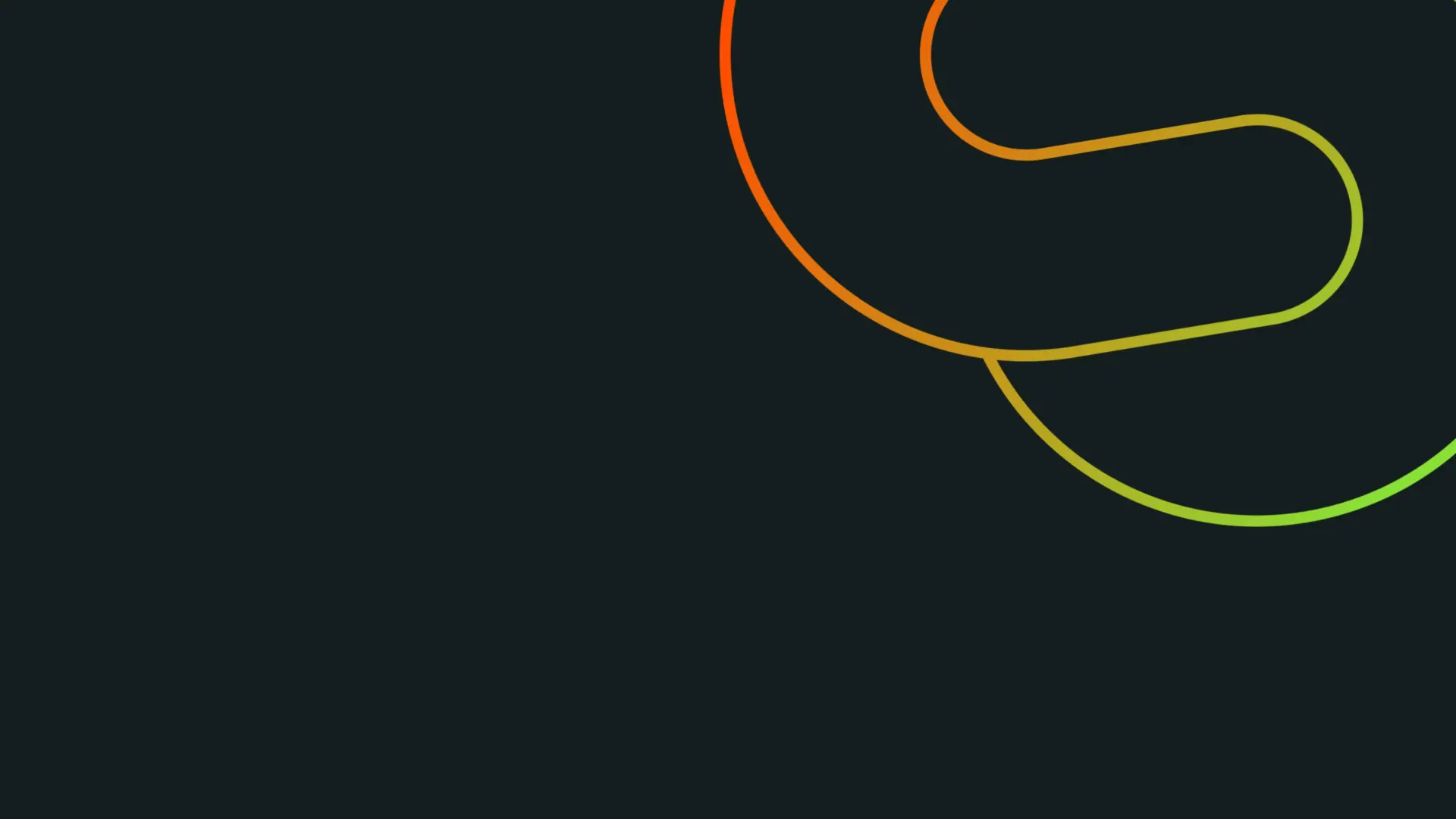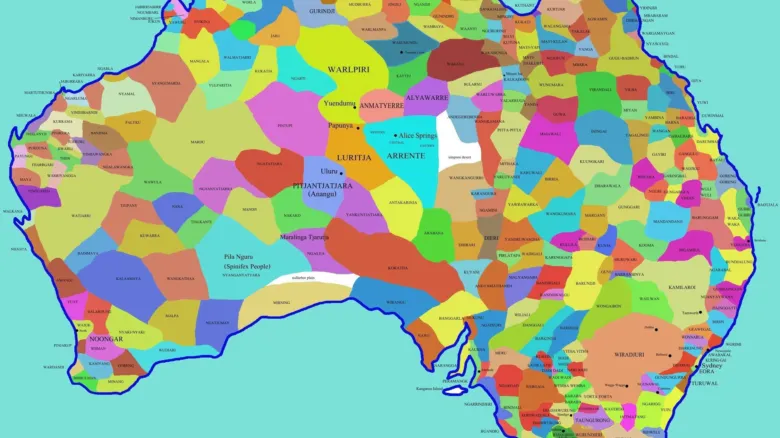
“This as a story of trauma, but also a story of survival”
That’s how intergenerational trauma works. It still exists, in our stories passed between families, in our lived experiences today
At Safer London, our team draw on their own personal experiences to better understand and support the young Londoners, families and communities we work with. Here, Prevention Advocate, Claire Niven, talks about her family history of being an Indigenous Australian.
In this interview we discussed the colonisation of Aboriginal Australia and Claire challenges the racist stereotypes that still pervade in the UK. Ultimately though, this is a story with a message of strength and resilience at its core.
TRIGGER WARNING: Aboriginal and Torres Strait Islander readers are advised that the following articles contains names and images of deceased persons.
Interviewer: Looking at you there is no way one would think you are Aboriginal Australian.
Claire: I don’t know who does or who doesn’t know, it’s interesting why people do or don’t know. It’s an interesting thing being away from home, telling people in the UK “I’m Aboriginal Australian”.
Aboriginality is not about the colour of your skin. It’s not just about your heritage or background, it’s about a connection to your culture, to land, and your people, your clan (groups with common language/family kinship systems).
Within Australia I would be considered a black fella (blak/fulla) because I’m First Nation Australian. There are white fellas (white non-Aboriginal, Caucasian) and black fellas. So, concepts of ‘blak’ (developing term to acknowledge fair skinned Indigenous people) and blackness are not just located in the pigment of your skin but rather a cultural identity. But European definitions of ethnicity leave little room for this kind of identity, it’s all about blood percentage; half caste, quadroon, octoroon. It’s offensive to us to be asked ‘how much’ Aboriginal we are, that’s your definition not ours.
Australia is a Blak country but that’s not the stereotype because people see white people with the blond hair and blue eyes, they see ‘Home and Away or Neighbours’ – but it is a Blak country.
There is a strangeness being here in London and it still being an invisible story. Because our story is your story.
We didn’t find out, my mum and family, that we were Aboriginal until I was about 23-24 years old. Our story was one of hidden ethnicity. Not unlike elements of the experience of some within The Stolen Generation – Indigenous children, up until the 1970’s, were taken away from Indigenous parents if they had a degree of whiteness in them. Ours was of that story, of hidden ethnicity. We thought we were Maori, First Nation Aotearoan (New Zealander).
If you look at my grandmother, she very much looks like a black woman but we thought we were Maori and were never told anything else. It was a common story that if you could pass for something else you were told you were something else like Italian or Greek or Indian or anything else to make life easier.
After my Nan died, mum was visiting her dad and Nan’s sister, Dossie, was present. Dossie said “I was speaking with the mob (clan) and they want me to become an Elder, but I don’t know if I want to” and mum said “what mob?” and Dossie replied, “Don’t you know?… know what? About the mob? What mob? …don’t you know lovey, you’re Aboriginal…”
Don’t you know lovey? You’re Aboriginal
Dossie linked us up with some Elders of our mob, the clan. In that first email connecting us all were the words “we’ve found another one and she’s freezing her arse off in Melbourne!”. So, there was this hidden story, this family, this mob, this clan, this culture that was taken away from us; the impact of colonisation and the attempt to keep yourself and your children safe, sometimes in the only way available to you at the time.
After that Mum and I went to a women’s gathering of the Junobin mob (a specific family line within the clan) – there were about 40 women and children. We arrived and all we could hear was this burst of laugher as women greeted each other; these women are laughing, everyone is coming together and they all know each other… and we walk in very nervous, and they asked “Who are you?” Mum and I said “We’re the Wills’” and with hand of welcome flung up into the air “The Wills’! The Wills’! You’ve never been here, now we’re complete, the five family lines of the Junobin family – the Bori’s, the O’Day’s, the Wills’, the Enoch’s, and the Page’s – we’re complete… we know who you are, we know your line, who your family are, you’re a black fella!”
Some of the family took us around the island and showed us our ancestral land, and showed us sacred places not share with anyone outside our mob. And it was then we understood that we were Noonuccal Ngugi women, of the Quandamooka People from Minjerribah (North Stradbrook Island, off the coast of Queensland).
The main reason I want to talk about this is because Indigenous Australians are often invisible in the global conversation about our country. Our story is not taught to British children in school. When I say Australia is a black country people in the UK usually respond with “What?!“.

I think the UK doesn’t have an understanding of the link between colonisation of Australia and the direct causation of the Indigenous experience of intergenerational trauma, and the ongoing oppression we experience today.
It gets palmed off as an Australian issue. But it’s not an Australian issue. I don’t see what happened historically as separate to the now, because the British Empire legacy still exists. Settler colonialism is an ongoing process of denial, dispossession and destruction of history, people, and sacred sites. And that’s how intergenerational trauma works. It still exists, in our stories passed between families, in our lived experiences today, in our literal DNA (see epigenetics-trauma). We have to have that acknowledgement.
Australia Day isn’t a celebration for Indigenous mob. It’s a day of mourning that marks the beginning of 250yrs of genocide, occupation, and cultural and spiritual dispossession. The political nature of Australia Day becomes more visible each year and Indigenous protests in some states draw larger numbers than parades. The backlash of this visibility is that at this time of year racism and hate-based violence against Indigenous mob tends to spike in the buildup to January 26th. Not to dissimilar to the spike in race-based hate crime in the UK since Brexit.
It provides a framework in how I understand racial trauma and intergenerational trauma, and the legacy of the past that remains in our present.
Interviewer: How has your personal experience shaped the way you work and what learnings can be applied across the sector?
Claire: It provides a framework in how I understand racial trauma and intergenerational trauma, and the legacy of the past that remains in our present. And how, when we see symbolic representations of ourselves harmed – like George Floyd and David Dungay Junior, like the racial abuse suffered by any Indigenous person who dares to tells their story – this activates our stress response and impacts on our felt sense of safety. The cumulative impact of this activation of the sympathetic nervous system, in relation to our own experiences, is then further compounded by the witnessed victimisation of those in our community. Similar to the sexual assault of women and the violence against LGBTQIA+ folk and other marginalized groups.
This can then present as characteristics of Post-Traumatic Stress Disorder like hypervigilance, withdrawal or feeling numb, isolation, anger/aggression (amygdala hijack/survival behaviours), emotional dysregulation (narrow Window of Tolerance) feeling distrustful or suspicious, avoiding people, maladaptive coping mechanisms (like drug/alcohol misuse), anxiety and so on. This awareness helps contextualise the people I work alongside and locates them as part of a bigger system, moving away from pathologising individual behaviour or community challenges so often seen in our professions and broader society.
Interviewer: Is there anything else you’d like to say?
I want to locate this as a story of trauma but also a story of survival – the narrative was that we wouldn’t survive. They tried to eradicate us through genocide. And when that was no longer palatable, government policy moved to breeding us out by selling our women as wives to the white population and/or selling our children as slaves. But we as a proud, strong, and beautiful people are still here, still practicing culture, still connected to land. As the oldest living and continuous culture in the world (60,000yrs +), against all odds, we survive.
*Claire is a social worker and play therapist, specialising in developmental trauma. The complete piece was edited in collaboration with Claire’s mother, Chris, as well as an Elder of their clan who is also named Chris.
Aboriginal Australian Resources
Youtube
Steven Oliver NAIDOC Awards 2015 NITV performs “Real” – https://www.youtube.com/watch?v=GW3dks0Eu5Q
Meyne Wyatt’s monologue on racism “Silence is violence, complacency is complicity” – https://youtu.be/sZg2u3lGawM
Ask us anything: Aboriginal & Torres Strait Islander people – https://www.youtube.com/watch?v=SHVbVBLlhCM&ab_channel=TheUniversityofSydney
Teaching First Nations Content and Concepts – NAIDOC Week Panel Discussion – https://www.youtube.com/watch?utm_source=2020+Teaching+First+Nations+Content+and+Concepts+Registrations+for+Video&utm_campaign=012459b32a-thankyou_naidoc_first_nations_2020__Education&utm_medium=email&utm_term=0_1e1e434dd9-012459b32a-82217347&v=hz0KnhBadZw&feature=youtu.be&ab_channel=MonashEducation
A.B. Original “January 26” (explicit) – https://www.youtube.com/watch?v=tZ9qeX4gUeo&ab_channel=GoldenEraRecords
Aboriginal People Respond to “Australia Day” – https://www.youtube.com/watch?...
“Aboriginies claim for civil rights (1938)” adapted performance by Uncle Jack Charles – https://www.facebook.com/watch/?v=10155314131432005
You can’t ask that: Indigenous – https://www.facebook.com/watch/?v=10154071114844550
Books
My Place – a stories of three generations of Aboriginal women by Sally Morgan
Dark Emu – history rewritten centring archaeological evidence of early Aboriginal ingenuity, industry, and engineering by Bruce Pascoe
Growing up Aboriginal in Australia by Anita Heiss
Talking to my Country by Stan Grant
The Stolen Children: their stories by Carmel Bird
Television
Cleverman – intersection of Indigenous dreaming stories meets SciFi (lead performer is Claire’s cousin)
Redfern Now – contemporary Indigenous stories
Black Comedy – Indigenous sketch comedy
Mystery Road – neo-western crime show
Total Control – political drama
Little J & Big Cuz – children’s show
Articles
“But you don’t look Aboriginal” – https://thestringer.com.au/but-you-dont-look-aboriginal-7002?fbclid=IwAR0RJBnl0v0_kZqLC86-yiXegqU0GNM2cY_JDUFe8YCwTd5vikYyBJI-sZg#.X_Sz8On7TBL
“More than half of Indigenous Australians are experiencing racism in the workplace” – https://www.sbs.com.au/news/more-than-half-of-indigenous-australians-are-experiencing-racism-in-the-workplace
“If that is not who we are, then who are we..?” – https://indigenousx.com.au/if-that-is-not-who-we-are-then-who-are-we/?fbclid=IwAR1PiCdIVQAC-_N5NscUiYE3ReKbQqiTMcv9gRlCXAg4CzkHv_fhrJOizoA
Teaching for Reconciliation in the Classroom – https://www.monash.edu/education/teachspace/articles/teaching-for-reconciliation-in-your-classroom?utm_source=2020+Teaching+First+Nations+Content+and+Concepts+Registrations+for+Video&utm_campaign=012459b32a-thankyou_naidoc_first_nations_2020__Education&utm_medium=email&utm_term=0_1e1e434dd9-012459b32a-82217347
Documentaries
The Australian Dream – the experience of intense targeted collective racism experienced by AFL footballer, Adam Goods
Utopia – exploring systemic racism in Australia
Putuparri and the Rainmakers – an Aboriginal man maps out ancestral connection to and custodianship of land
In My Blood it Runs – one boy’s effort to balance cultural identity with mainstream white education
Looks Looky Here Come Cooky – a songline for the 21st century challenging the Captain Cook legend from a First Nation perspective
